Types of Tea Often Drunk in Japan and Their Characteristics

This post is also available in 日本語
Japanese people often drink “Ryoku-cha (green tea)”. People drink ryoku-cha with meals, and many restaurants and eateries allow you to drink ryoku-cha free of charge. Ryoku-cha refers to tea leaves from the “Chanoki” (tea plant) to which heat is applied to stop fermentation. Whereas Chinese tea is usually roasted in a kettle to stop fermentation, the fermentation of Japanese tea is stopped by steaming. There is also Japan-specific tea that is taken from plants other than the tea plant. On this occasion, we shall introduce you to some types of tea that are commonly drunk in Japan.
Contents
Powdered tea
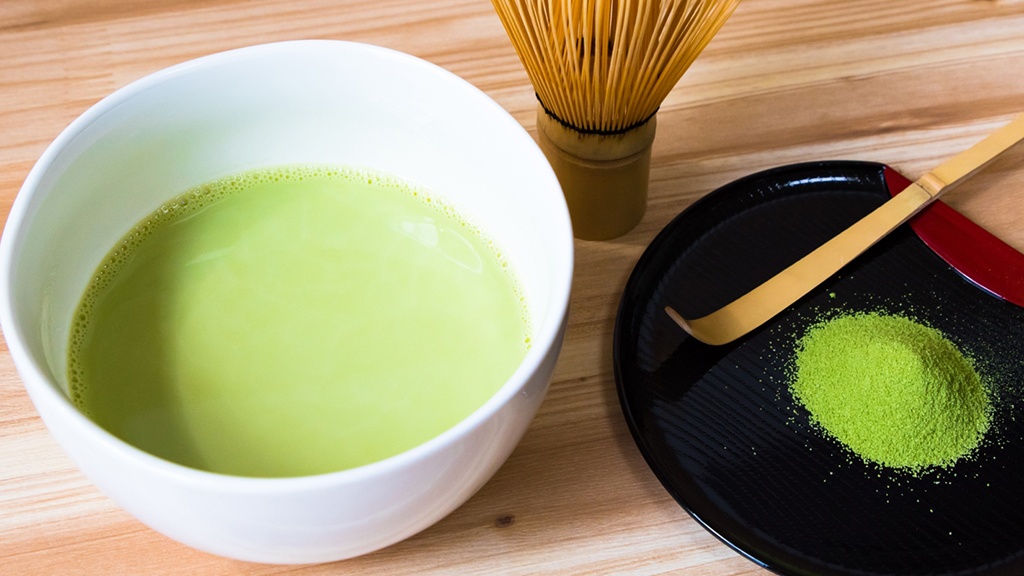
If you talk about Japanese tea, many people will have the image of “Matcha”. Many people have the misunderstanding that “Matcha=extremely finely powdered green tea”. This is not wrong. However, the powdered green tea sold in Japan includes products other than matcha. Make sure to look at the package and buy the thing you want when purchasing tea.
- “Matcha”
“Tencha” is made by covering the tea plantation to block direct sunlight and drying the tea leaves in a special furnace without rubbing them. When “tencha” is ground into a very fine powder using a stone mortar or similar tool, this is powdered matcha. As it requires a lot of effort, this is a very high-class tea. - “Konacha”
This is the powdered part of the tea when producing tea. The “chagara” (the dregs left over after the tea has been infused) are strained through a teapot or similar device and drunk. - “Funmatsucha”
This is tea that is crushed and powdered. You dissolve it in hot or cold water and drink, and the tea powder will tend to settle. - Instant tea
Just like instant coffee, the extracted tea is concentrated, dried, and made into granules or powder. They are easily dissolved in hot water or water and can be stored for a long time.
The main teas drunk in Japan
“Gyokuro”
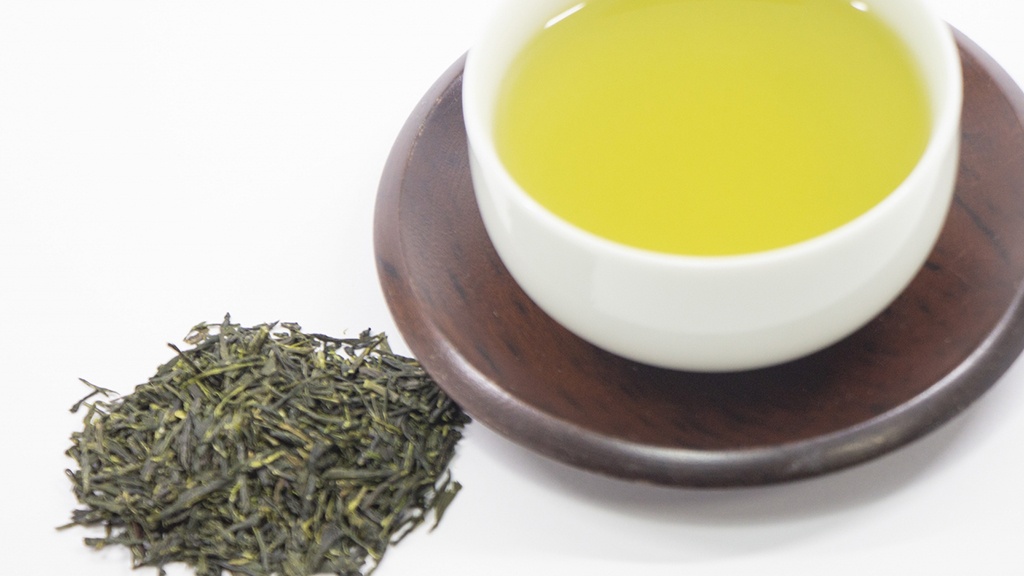
The tea leaves are grown by covering the tea plantation so that they are not exposed to direct sunlight, and then heat-dried while being rubbed. They have a strong flavor and sweet taste. They are also brightly colored and offer the true taste of tea. This creates a high-class tea.
“Sencha”
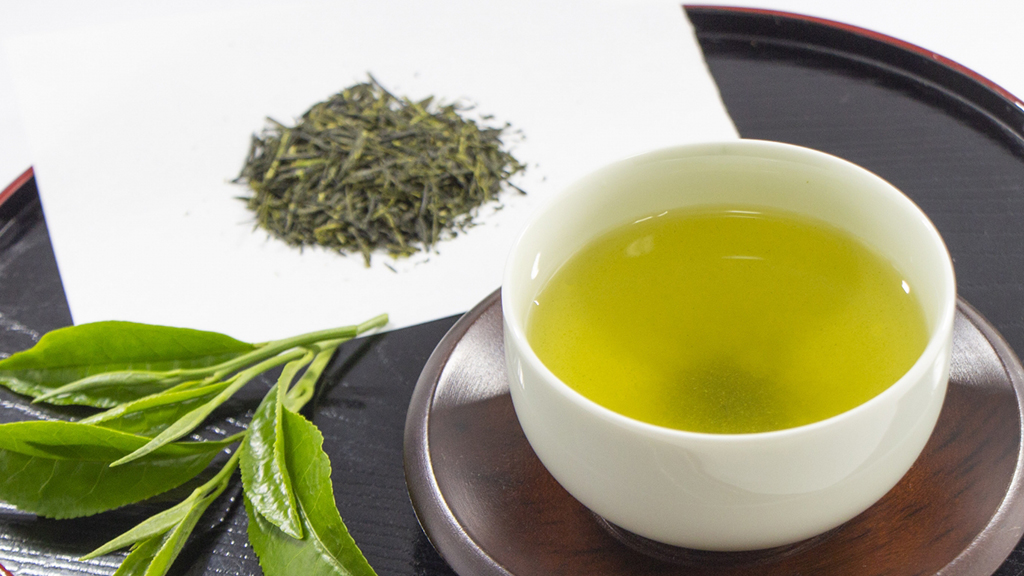
In the case of “Sencha”, the tea leaves are grown in sunlight from budding to plucking, and then heat-dried while being rubbed. The longer the steeping time, the darker the color, the less astringent, and the sweeter the taste. This is the tea most drunk in Japan.
“Bancha”
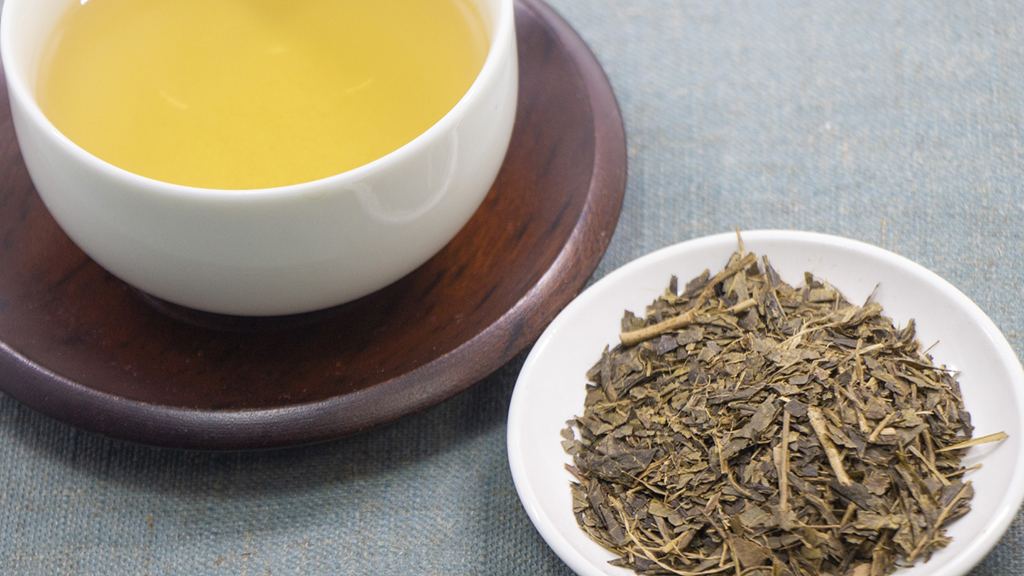
“Bancha” is made from grown and hardened tea leaves and stems. It is made differently, depending on the region. It is often drunk after meals because it is refreshing and is less astringent.
“Hojicha”
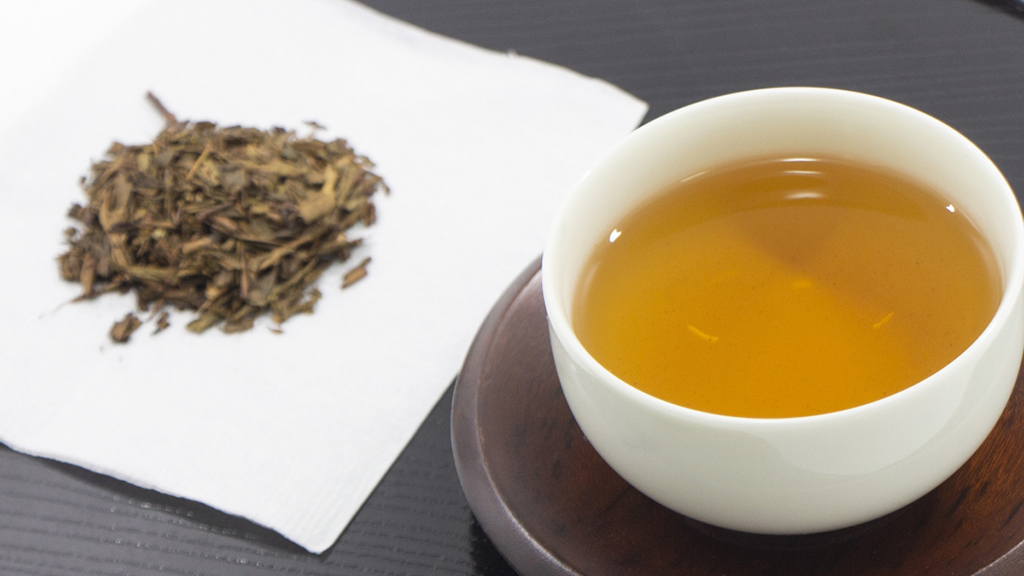
You make “Hojicha” by roasting “Sencha” or “bancha” over a high heat. You can enjoy the fragrant aroma and light flavor of roasted tea leaves. The tea is brown in color.
“Genmaicha”
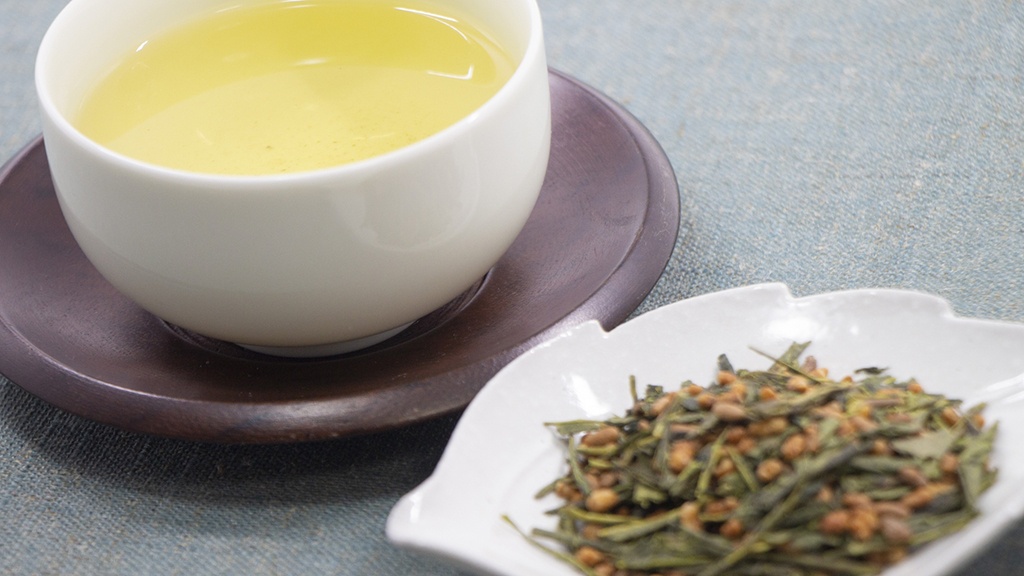
You make “Genmaicha” by first steaming and then roasting rice, which you add to the sencha or bancha tea. It has a refreshing taste, as well as the savory aroma of roasted rice.
“Mugicha”
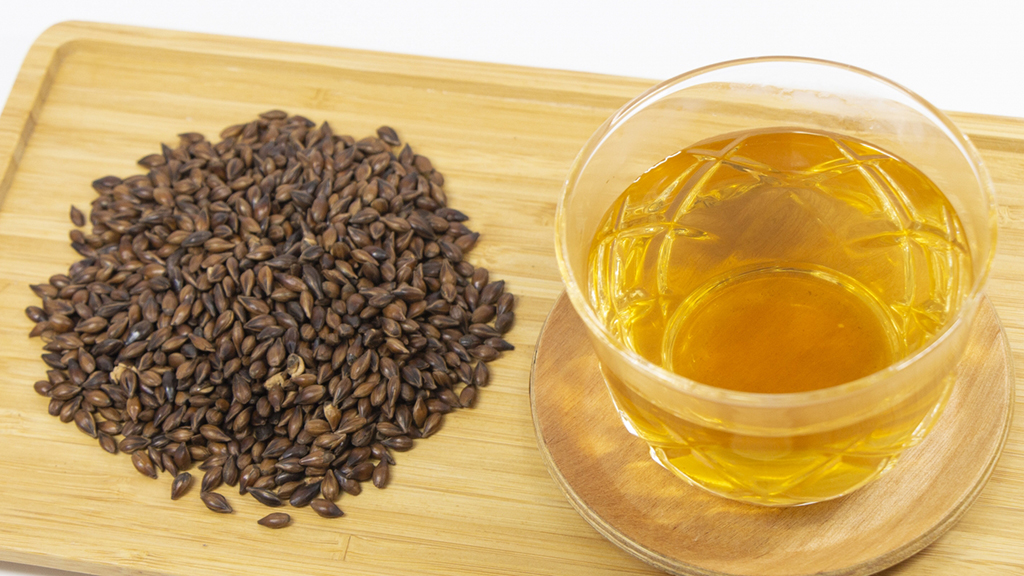
“Mugicha”, made by boiling roasted barley, is synonymous with summer in Japan. When brewed with water, it has a refreshing taste. It is rich in minerals and is a perfect summer drink.
“Sobacha”
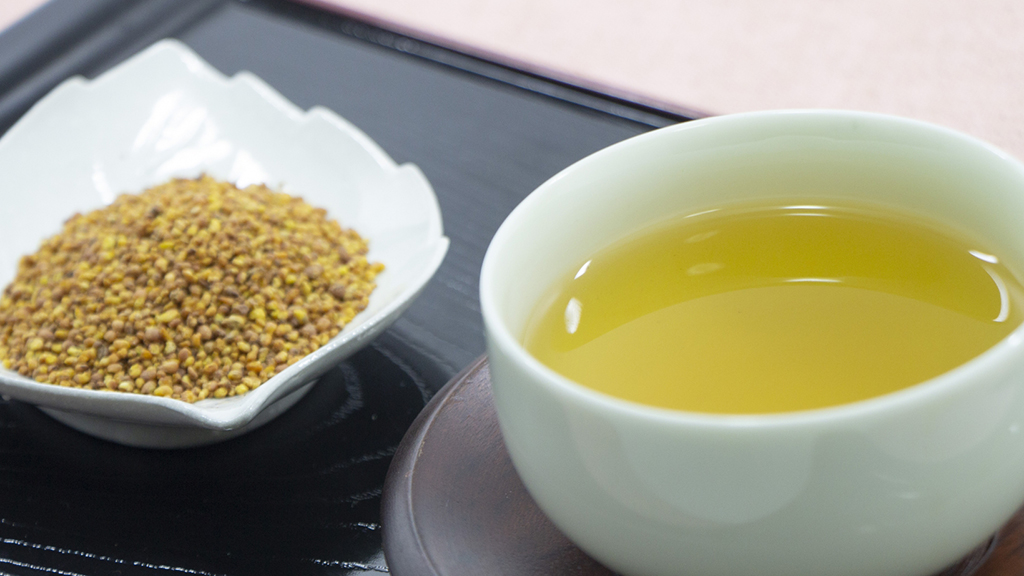
“Sobacha” is made by roasting buckwheat seeds. You can brew it in a teapot or by using a tea bag. It has the unique aroma of buckwheat and a refreshing taste. (People who are allergic to buckwheat should avoid drinking it.)
“Konbucha”
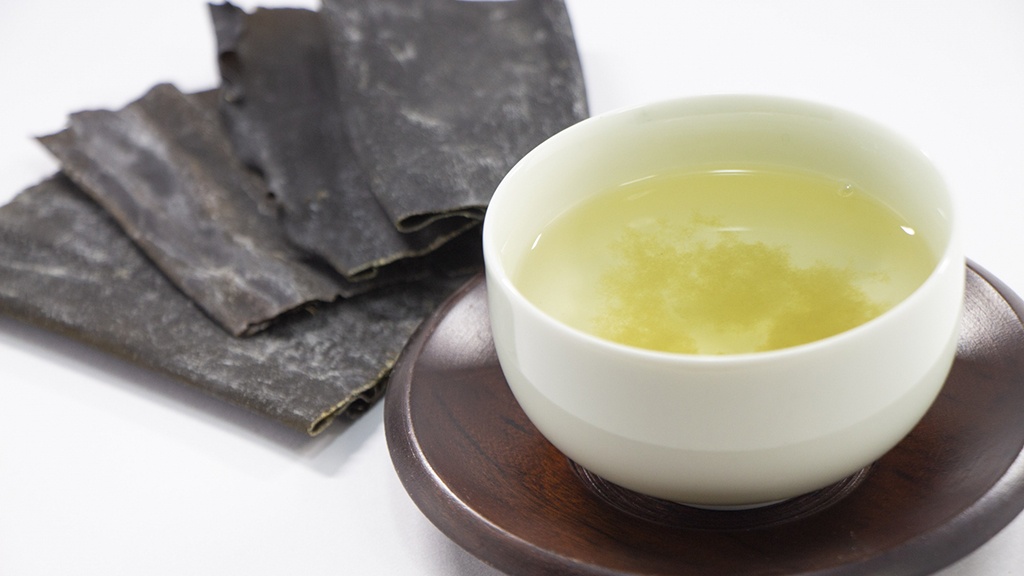
Kombu is dried and powdered kelp that has been seasoned. (You can also find it without seasoning, and finely chopped rather than powdered.) Pour hot water over the tea and drink. It is often used for celebratory occasions such as betrothal gifts.
“Sakuracha”

This is made by pickling cherry blossom petals in salt and plum vinegar. Lukewarm water is then used to remove the salt, and the flowers open when hot water is poured over them. Since this gives the impression of the blooming of beautiful cherry blossoms, it is often used for celebratory occasions, including betrothal gifts.
Summary
In Japan, a wide variety of teas are drunk in addition to those introduced here. Even the same type may have a different flavor or aroma depending on the region or blend. Enjoy looking for “your favorite tea”.
- If You Wonder What Should Give a Gift, This Is the Best Choice! Cool Packaged Handkerchiefs!
- Apply on UV Cream Without Getting Your Hands Dirty! Why not Have This Handy Puff?
- So Popular Character “Chiikawa” Cheers You Up! Improve Your Arched Back!
- If You Want to Improve Your Sleep Quality, You Should Change Your Pajamas! 3 Recommended Pajamas
- Conveniently 2-Way! This Product Is Useful in Both Summer and Winter.









